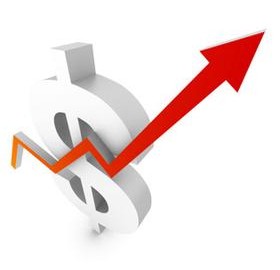How Working Capital Impacts Your Company Growth
Working Capital is a notion that business owners and managers need to come to grips with and manage effectively in order to ensure sustainability.
Maintaining healthy working capital provides a safety net to absorb possible bad debts, for example, and may be critical if you need to apply for a business loan. It is also critical for maintaining operations if you receive an unusually large order from a client.
As discussed in a previous post, the formula for Working Capital, also called Net Current Asset, is:
Working Capital = Current Assets – Current Liabilities
In other words, it is the sum of Cash at Bank + Accounts Receivables + Inventories + Other Current Assets minus the sum of Accounts Payables + GST & Tax Liabilities + Other Current Liabilities.Working capital in effect represents the amount of cash and assets easily transformable into cash, and which is available to the business for payment of all short term debts. It also represents the amount of money available to the business for growth and expansion.
If the working capital is low or worse, negative, either the business will not be able to grow and fulfil a large order from a new customer, or it could be a signal the business may be experiencing problems to pay its suppliers. If this is the case, the business will need additional finance in order to avoid running out of cash and going bust. .
Be aware that a low or negative working capital also makes lending riskier for the banks and other credit providers. Assuming they agree to open a credit line for a business low in working capital, the provider will inevitably charge a higher interest rate as a means to counter the additional risk.
The amount of working capital required for a healthy business does not depend on its size, but on the industry it operates in. A grocery store (which turns inventory quickly) may only need a small amount of working capital, whereas a manufacturing business will typically have a large working capital.
You can roughly calculate an appropriate amount of Working Capital required for your business by dividing the Working Capital by the yearly Sales and multiplying by 100. The figure obtained tells you how much every dollar of Sales is used for operational expenses and short term debt. In other words, the working capital as a percentage of sales tells you how much working capital is needed for each $ of additional Sales.
Example:
Working Capital = $3,000,000
Yearly Sales = $10,000,000
Working Capital as a % of Sales = 3,000,000 / 10,000,000 x 100 = 30%.
It means that for each $ of additional Sales, this business needs 30 cents of Working Capital. If an order of $2,000,000 is placed by a new client, the business will need $2,000,000 x 30% = $600,000 of working capital to fund this order.
Do you know the working capital in your business? Is it sufficient to sustain current operations and provide opportunity for growth?
All the best to you and to your business!











Trackbacks & Pingbacks
[…] To see their full article click here. […]
Comments are closed.